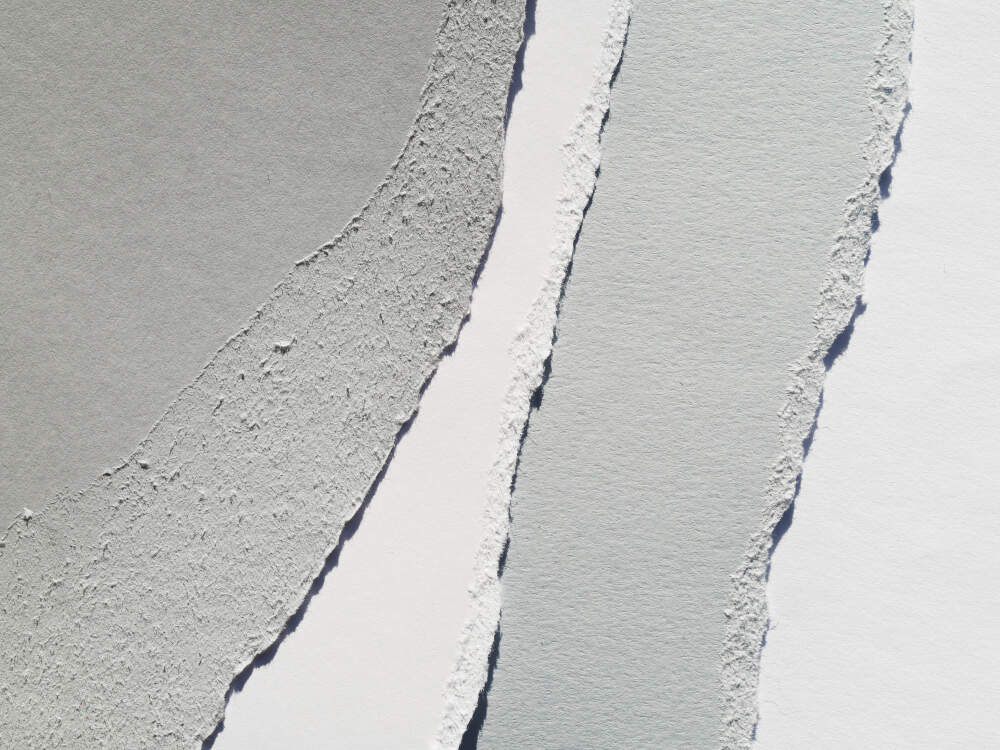When it comes to drywall finishing, achieving a smooth, flawless surface is paramount. One common question that arises during the process is: Will drywall mud stick to Kilz? If you’ve ever faced this dilemma, you’re not alone. Understanding how different products interact can make a significant difference in the quality of your finished project. In this comprehensive guide, we’ll dive into the interaction between drywall mud and Kilz, explore key considerations, and offer practical advice to ensure your drywall work meets professional standards.
Will Drywall Mud Stick to Kilz?
The Interaction Between Drywall Mud and Kilz
When asking, Will drywall mud stick to Kilz? it’s crucial to consider the properties of both materials. Here’s what you need to know:
Adhesion of Drywall Mud to Kilz
Drywall mud generally adheres well to Kilz primers. Kilz creates a surface that helps drywall mud stick by sealing porous areas and providing a uniform base. However, successful adhesion depends on a few key factors:
- Primer Drying Time: Ensure the Kilz primer is completely dry before applying drywall mud. Most Kilz primers dry to the touch within an hour, but it’s best to wait 24 hours for full curing.
- Surface Preparation: The surface should be clean and free of dust. Any residual dust or debris can affect adhesion. Light sanding between coats of Kilz can enhance the bond between the primer and drywall mud.
Considerations for Different Kilz Products
Different Kilz primers have varying properties, and their interaction with drywall mud can differ slightly:
- Kilz Original: As an oil-based primer, Kilz Original can sometimes create a slick surface. To ensure the best adhesion, lightly sand the surface before applying drywall mud.
- Kilz 2: Being water-based, Kilz 2 generally provides a good surface for drywall mud application. It’s important to allow the primer to dry thoroughly to avoid any issues with mud application.
- Kilz Premium: Offers superior adhesion and is ideal for heavy-duty applications. It creates a solid base for drywall mud, making it an excellent choice for high-quality finishes.
Tips for Applying Drywall Mud Over Kilz
To ensure that your drywall mud adheres properly over Kilz, follow these tips:
- Prepare the Surface: Clean the primed surface to remove any dust or debris that could interfere with adhesion.
- Sand Lightly: If the Kilz surface feels too slick, lightly sand it with fine-grit sandpaper to create a better texture for the drywall mud to grip.
- Apply Evenly: Use a quality joint compound and apply it evenly to avoid any bumps or imperfections. A smooth application helps achieve a professional finish.
- Allow Adequate Drying Time: Follow the manufacturer’s recommendations for drying times for both the primer and the mud. Proper curing is essential for a durable finish.
Common Issues and How to Avoid Them
Peeling or Flaking
One common issue when applying drywall mud over Kilz is peeling or flaking. This problem usually arises from improper surface preparation or insufficient drying time. To prevent this:
- Ensure Thorough Drying: Verify that the Kilz primer is completely dry before applying drywall mud.
- Clean the Surface: Dust and debris can cause adhesion problems. Clean and prepare the surface adequately before mud application.
Uneven Surface
An uneven surface can result from various factors, including inconsistent application of primer or mud. To address this:
- Check for Consistency: Apply Kilz and drywall mud consistently. Use tools suited for smooth application to avoid imperfections.
- Sand Between Coats: Lightly sand between coats of drywall mud for a smoother finish.
Streaking
Streaking can occur if the primer is applied too thickly or unevenly. To prevent streaking:
- Apply Thin Coats: Use thin, even coats of Kilz and drywall mud. Avoid overloading your brush or roller.
- Blend Well: Blend the edges of your drywall mud application to prevent visible lines or streaks.
Best Practices for a Professional Finish
Selecting the Right Tools
Using the right tools can make a significant difference in your drywall work. Here are some recommendations:
- Taping Knives: To apply drywall mud, use a range of sizes to suit different tasks. A 6-inch knife is great for small areas, while a 12-inch knife helps with larger surfaces.
- Sanding Tools: Invest in a sanding block or pole sander to achieve a smooth finish. For best results, use fine-grit sandpaper.
Final Touches
Once your drywall mud is dry and sanded, you may need to touch up the primer or apply a final coat of paint. Ensure that all imperfections are addressed before proceeding with painting.
Conclusion
In summary, if you’re wondering, Will drywall mud stick to Kilz? the answer is generally yes. Kilz primers provide a suitable base for drywall mud, enhancing adhesion and contributing to a smoother finish. By ensuring proper surface preparation, allowing adequate drying time, and following best practices, you can achieve a professional-looking result for your drywall project.
Understanding the interaction between drywall mud and Kilz, along with proper application techniques, will help you achieve the best results. Whether you’re a DIY enthusiast or a seasoned professional, these tips and insights will guide you in getting a flawless finish every time.
Feel free to revisit this guide whenever you need advice on drywall finishing or related topics. Happy drywalling!

